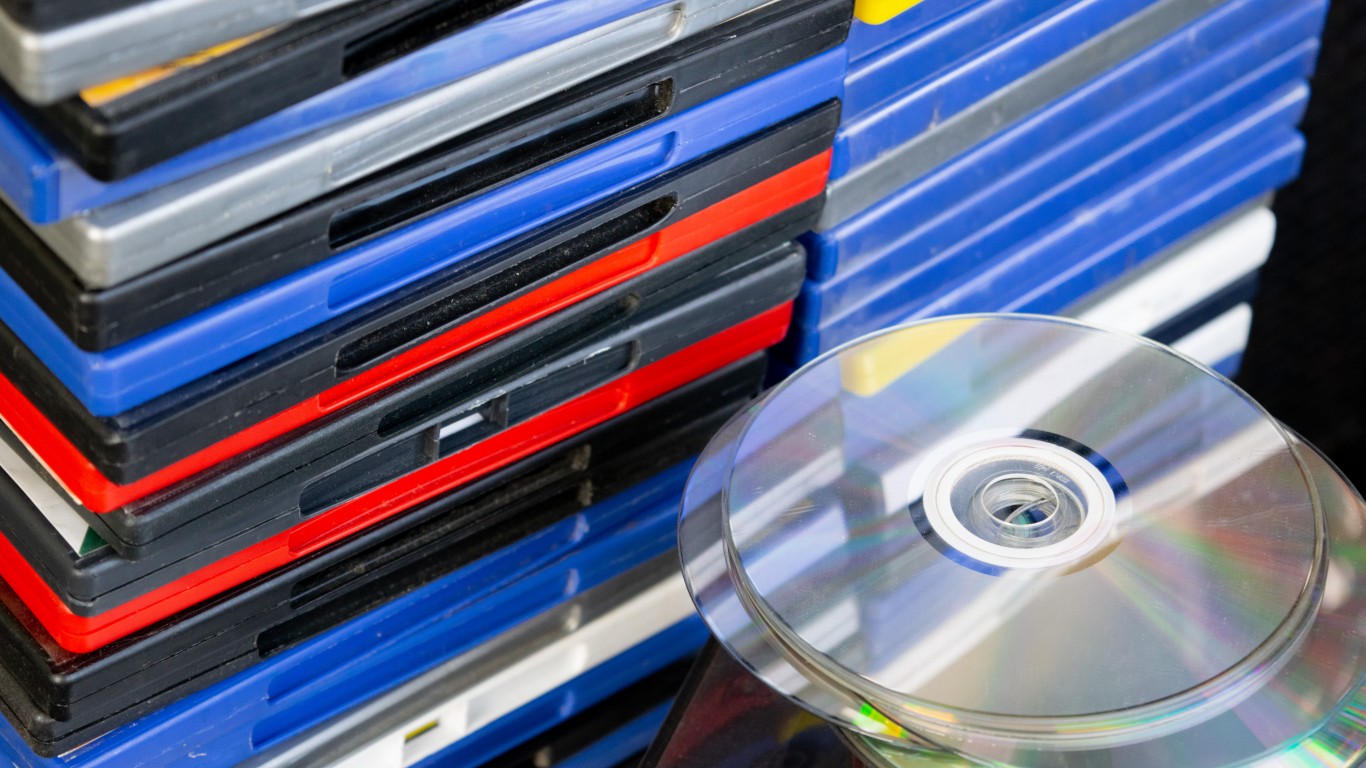
The expectations earlier in 2022 that inflation might become muted as the year progressed have been completely undermined. Several recent reports show inflation at a decades-high level. The producer price index posted an annual increase of 10% in February, and the consumer price index rose 7.9% that month, the largest year-over-year increase since January 1982. There are worries that inflationary pressures could cause a recession later this year.
Still, not all household items are going up in price, and the price of food at elementary and secondary schools is plunging. Conversely, the price of this household item is soaring.
The next several months will be affected by the sharp rise in oil prices brought on by the Russian invasion of Ukraine. The oil shortage could last for years if sanctions on Russia’s oil supply continue, even as the U.S. and other large oil-producing nations ramp up production. Ukraine is among the largest producers of wheat in the world. There is no ready way to replace a drop in their exports. In short, inflation may go from high single digits to double digits within the next month. (These are the states with the highest gas prices.)
The prices of many household items rose rapidly, according to the Bureau of Labor Statistics’ recent release. Gas prices and energy led the increases, with the price of fuel oil soaring. And these figures predate the March increases in the price of gasoline. The costs of many foods also rose. The prices of new and used cars jumped by double digits, triggered by a chip shortage.
The price spikes raise several policy questions. The Federal Reserve finally hiked its key interest rate on Wednesday – the first time since 2018 – with a quarter point increase. Policymakers also said they expect six more quarter-point rate hikes this year and at least three more in 2023. However, as inflation accelerates, there will be a debate about whether these rates should be raised more often in 2022 or by larger steps.
Not every item covered by the consumer price index rose. However, out of dozens of items, only a small number fell in price. The largest drop in price — over 40% — was for food at workplaces and schools. The government does not supply explanations for the movement of individual items in the index, but presumably a drop in the number of people who go to an office and children who go to school was the trigger. It is a rare case in which the pandemic brought down prices.
24/7 Wall St. reviewed February’s BLS consumer price index summary and listed the 10 items that posted an annual decline in price.
Click here for the price of this household item is plunging

10. Tenants’ and household insurance
> Price increase, Feb. 2021 to Feb. 2022: -0.4%
[in-text-ad]

9. Wireless telephone services
> Price increase, Feb. 2021 to Feb. 2022: -0.4%

8. Cosmetics, perfume, bath, nail preparations and implements
> Price increase, Feb. 2021 to Feb. 2022: -0.9%

7. Ship fare
> Price increase, Feb. 2021 to Feb. 2022: -0.9%
[in-text-ad-2]

6. Computer software and accessories
> Price increase, Feb. 2021 to Feb. 2022: -2.2%

5. Video discs and other media
> Price increase, Feb. 2021 to Feb. 2022: -7.4%
[in-text-ad]

4. Telephone hardware, calculators, and other consumer information items
> Price increase, Feb. 2021 to Feb. 2022: -7.7%

3. Smartphones
> Price increase, Feb. 2021 to Feb. 2022: -13.2%

2. Food at employee sites and schools
> Price increase, Feb. 2021 to Feb. 2022: -40.7%
[in-text-ad-2]

1. Food at elementary and secondary schools
> Price increase, Feb. 2021 to Feb. 2022: -53.3%
Is Your Money Earning the Best Possible Rate? (Sponsor)
Let’s face it: If your money is just sitting in a checking account, you’re losing value every single day. With most checking accounts offering little to no interest, the cash you worked so hard to save is gradually being eroded by inflation.
However, by moving that money into a high-yield savings account, you can put your cash to work, growing steadily with little to no effort on your part. In just a few clicks, you can set up a high-yield savings account and start earning interest immediately.
There are plenty of reputable banks and online platforms that offer competitive rates, and many of them come with zero fees and no minimum balance requirements. Click here to see if you’re earning the best possible rate on your money!
Thank you for reading! Have some feedback for us?
Contact the 24/7 Wall St. editorial team.
 24/7 Wall St.
24/7 Wall St.

